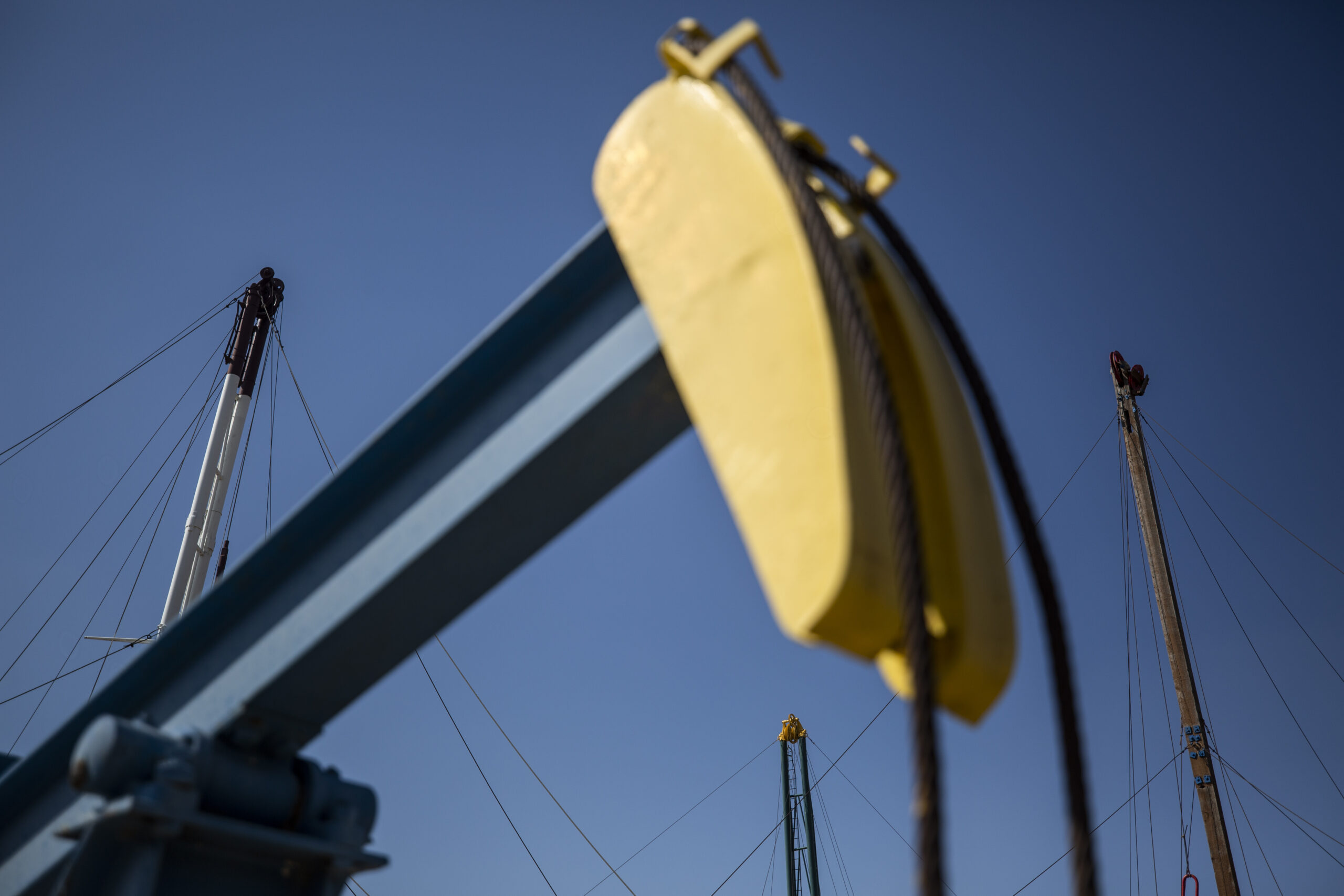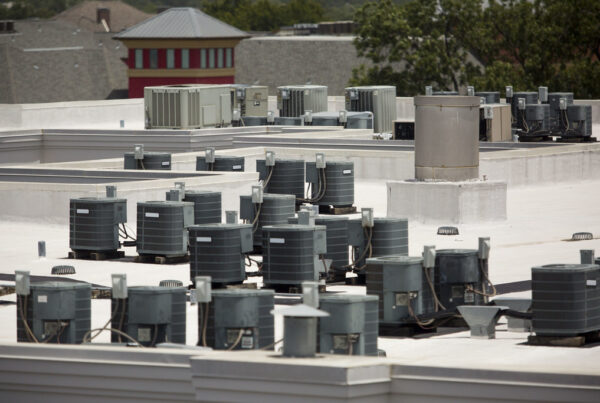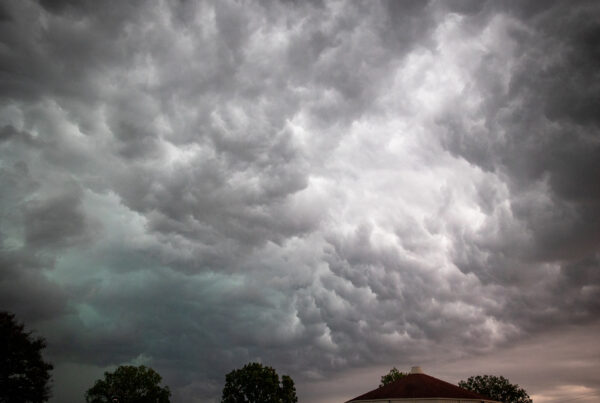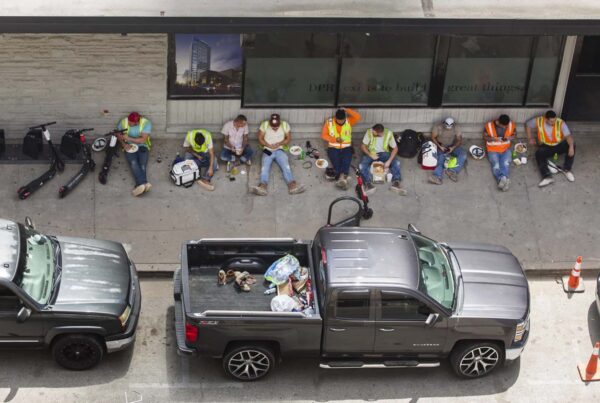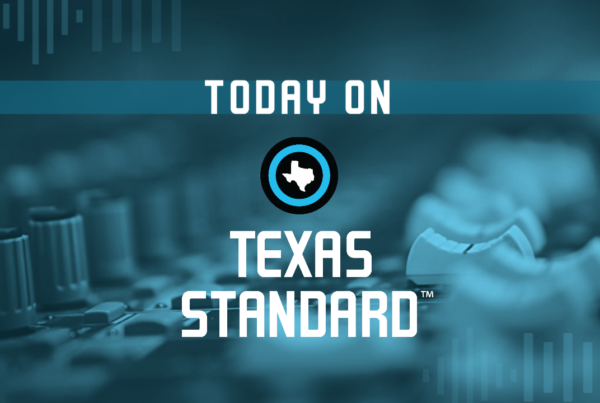Orphan wells – abandoned oil wells – are a side effect from the century-old oil and gas industry in Texas. There are more than 8,200 registered orphan wells in the state.
They’re nothing new but, have you ever heard of “zombie” wells?
In a three-part series, Houston Chronicle energy reporter Amanda Drane goes deep into the reanimation phenomenon and how it’s affecting our environment. She spoke with the Texas Standard on the series and what next steps are. Listen to the interview above or read the transcript below.
This transcript has been edited lightly for clarity:
Texas Standard: First of all, what is a zombie well, and how is a zombie well different from an orphan well?
Amanda Drane: A zombie well is a well that is coming unplugged. Each oil and gas well is supposed to get plugged at the end of its useful life. And so a zombie well is a well whose plug is failing.
So this is not somebody trying to bring a well back to life, which is what I thought a “zombie” might suggest. But these are wells that in a sense are kind of coming back to life themselves, but in a detrimental form when it comes to the environment. Can you say something about their impact on the environment? What is it that advocates for change are concerned about here?
Well, a zombie well is essentially a well that could allow fluids underground to travel to the surface, as we saw in some cases in West Texas. Any unplugged well or a well whose plug is failing can allow the fluids underground to get to the surface.
They carry all sorts of chemicals with them when they come and it’s very salty water that can kill plant life at the surface and contaminate groundwater potentially.
When you talk about the fluids, you’re talking about salty water, oil products as well. What else? What other fluids are we talking about here?
Salty water, oil, gas, benzene, sometimes radioactive elements.
Some radioactivity is naturally occurring underground and it’s released when oil companies drill down into the rock. So water traveling underground can at times be carrying radioactive elements. So when it comes to the surface, it can bring those with them.
Who’s responsible for all of this? Is it the property owners? Is it the people who used to drill in these sites? And what happens when they’re bankrupt?
See, that’s the trickiest part about all of this, is that this oil and gas activity is so old in many cases that it’s hard to figure out who’s responsible for what. And it becomes a fight.
In the case of a zombie well, if the operator still exists – if the owner of the well still is in active business and they’re not bankrupt or dissolved – then they can be held responsible for re-plugging the well.
And they would be held responsible by the Texas Railroad Commission. But of course there has to be a paper trail so that they can hold them accountable. And if not them, then I presume the property owners being held accountable here?
We have some cases in West Texas where the property owners are plugging their own wells on their properties because they just want to get them plugged. But it can be a tricky ordeal and it can be quite expensive, as one of the ranchers told me. He said that he spent more than $200,000 plugging one well before he gave up and said he ran out of money.
So obviously this poses an environmental hazard in many parts of the state. How are they being monitored and taken care of? What’s the path forward here?
The most alarming thing to me is how little we know.
The Railroad Commission responds to complaints, but there hasn’t been a lot done proactively to research how often wells are failing, how often they’re contaminating aquifers, how often they’re leading to the collapse of the earth. And that could better inform how state and federal governments go about plugging them and prioritizing which wells get plugged and directing others to plug them.


